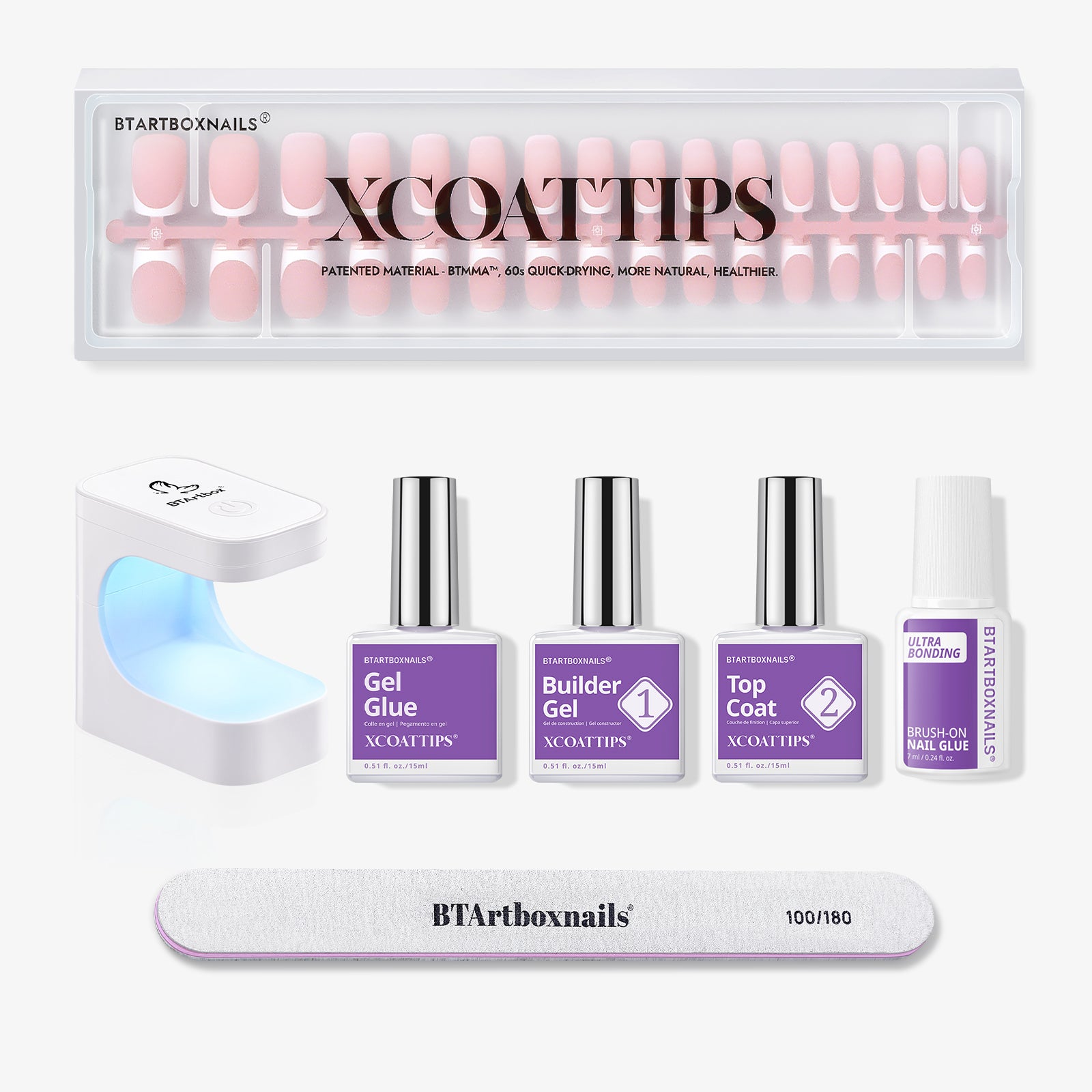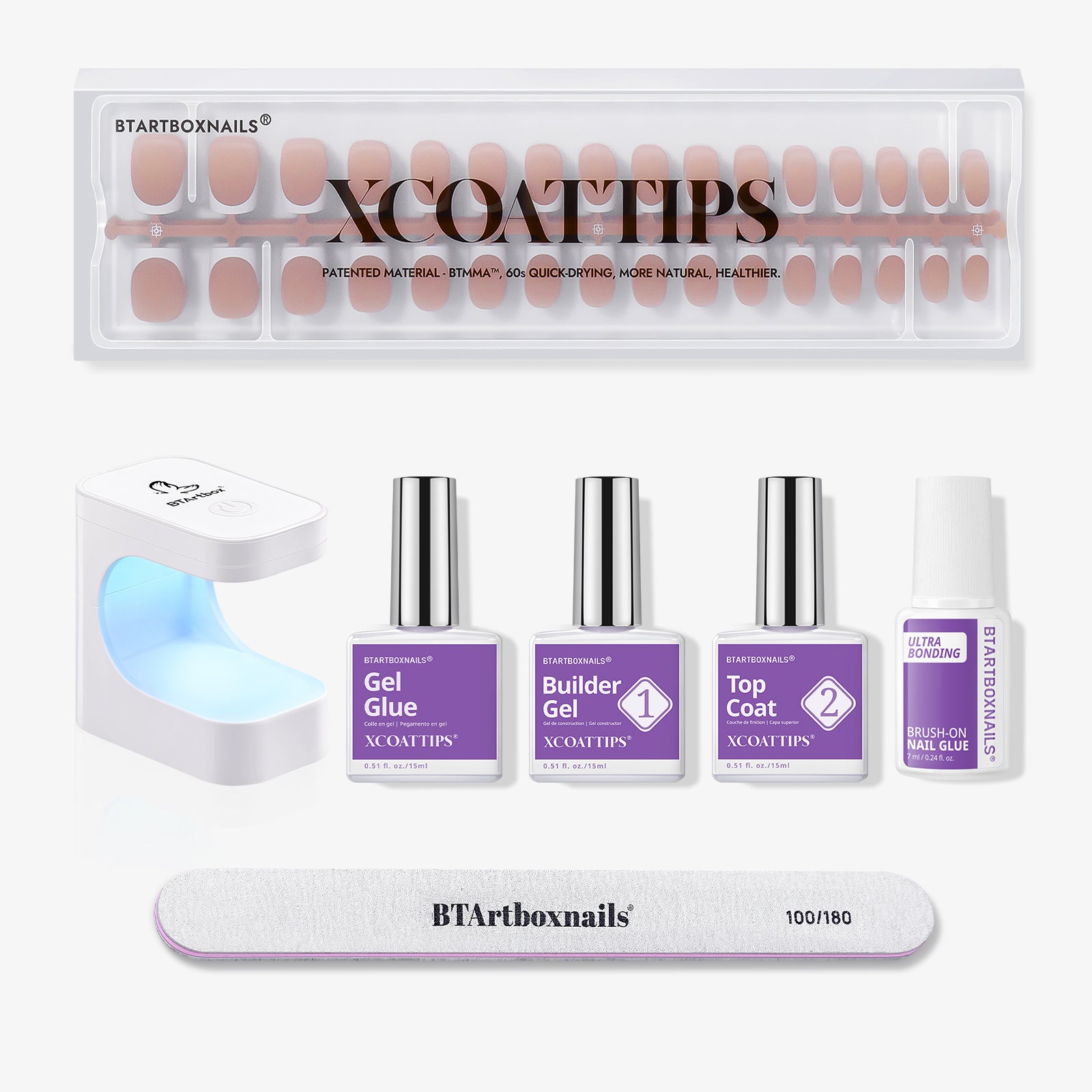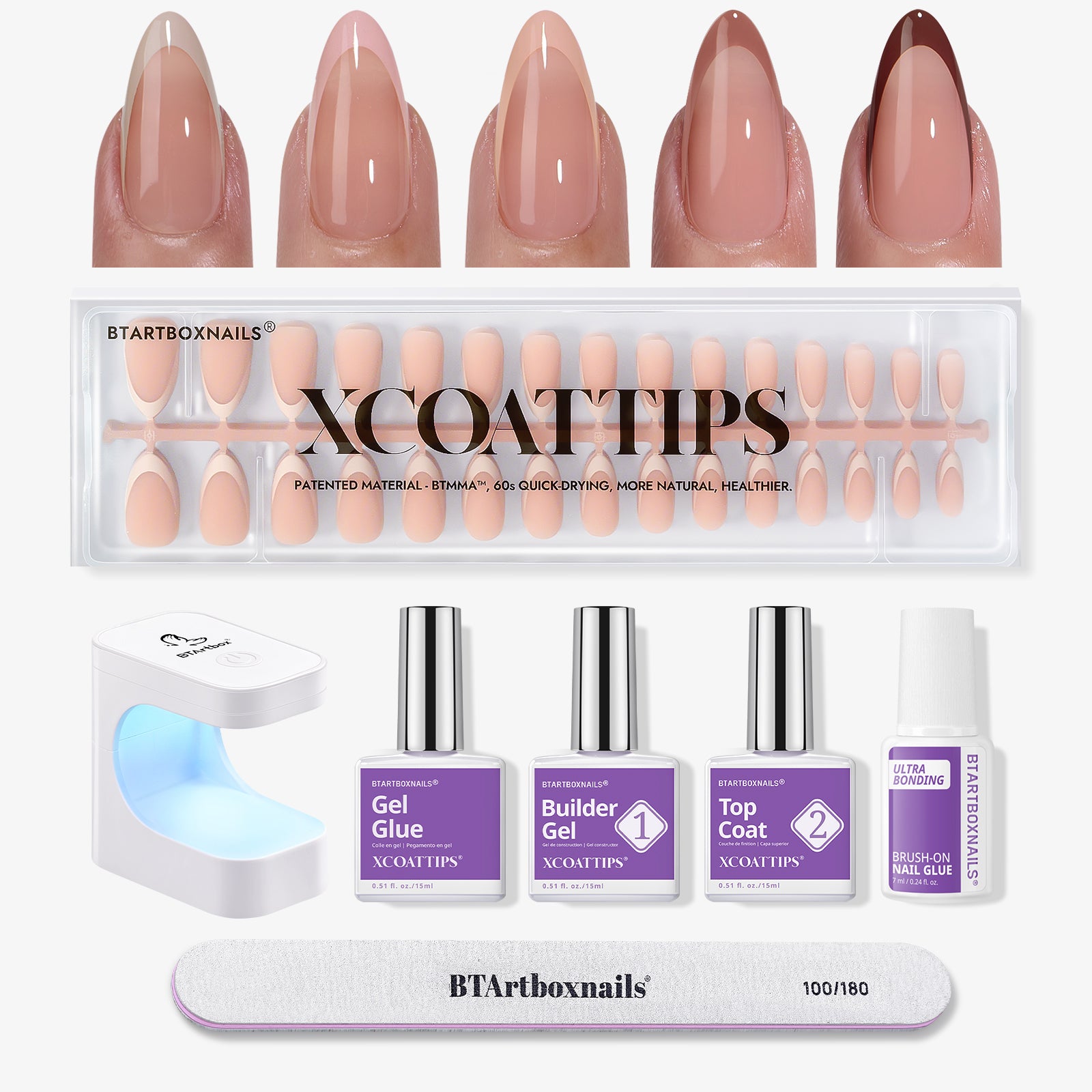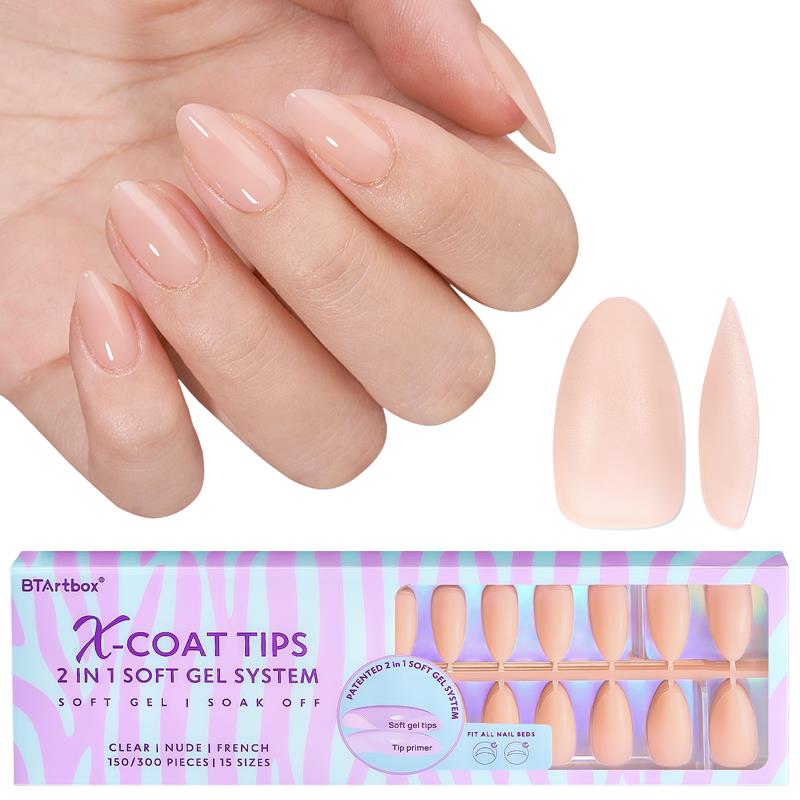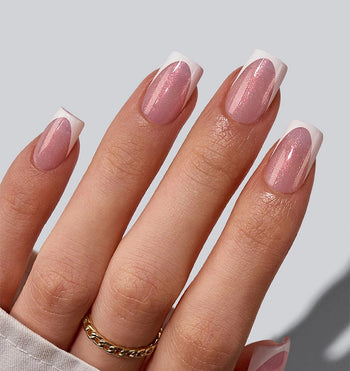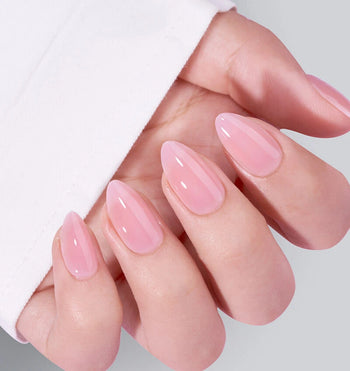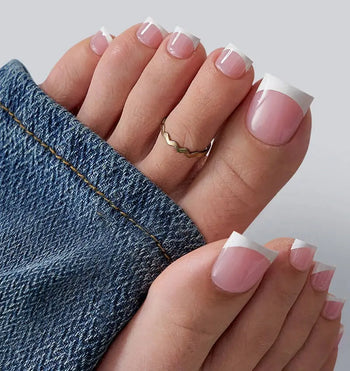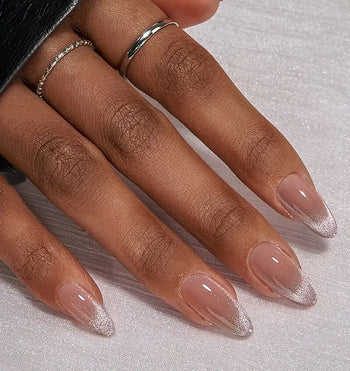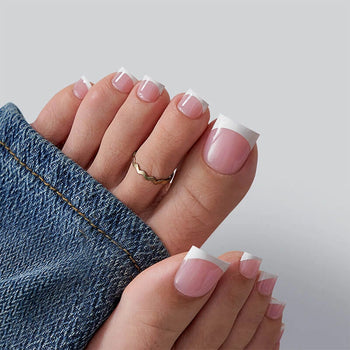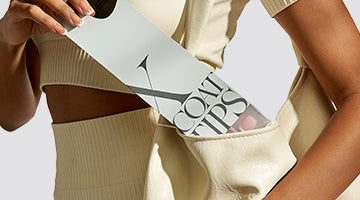
Hangnails are a common problem that can be painful and annoying. If you've ever had one, you know: they're those little ragged pieces of skin that hang off the side of your fingernail and put you in so much discomfort.
They can be so painful that sometimes, you just want to curl up in bed and do nothing, and they just seem to get worse if you leave them alone.
But they don't have to! Here's what you need to know about hangnails—how they happen, what causes them, and how to treat them so they don't come back.
What Are Hangnails?

Do not get carried away by the word ‘nail’, hangnails do not actually occur on your nail. Instead, hangnails are small pieces of dead skin that hang loose next to your fingernail or toenail near the cuticle.
The skin can tear away from the nail bed and cause bleeding if the piece is pulled off by accident or if it catches on something—like a shirt button or purse strap.
Hangnails aren't just annoying—they can also be painful. The area around a hangnail may be red or swollen, and it might turn black if left untreated for too long.
Why Do Hangnails Hurt So Much?
Who would think something so small and tiny could cause so much annoyance, irritation, discomfort, and pain?
Hangnails hurt so bad because they are often seen at the end of a digit near the nail where there are many blood vessels and nerve endings. Hangnails also cause inflammation and swelling that may press on the nerve endings. As a result, it can lead to more pain and irritation.
A hangnail is really short, so whenever you notice a side of your nail looks like it's peeling, Beware! That is a hangnail.
What Causes Hangnails?
Hangnails occur due to a variety of reasons. Here are the more popular ones:
1. Having dry hands and nails
Aging, cold weather, excessive exposure to water and poor nutrition can make your nails or cuticle super dry.
Think of the tiny flakes that peel off your hair scalp when it isn't properly moisturized, something quite similar happens here, and the cuticle can separate or crack when dry.
Oftentimes, hangnails are a small annoying sign that winter is here, where the skin of your fingers begin to crack under freezing temperatures. It’s a good thing no one lives in Antarctica.
2. Using alcohol-based hand sanitizers and constant washing of hands

I know you’re asking if this is actually possible, because we can’t avoid doing these things. Over doing it might be the simple problem here.
Too regular washing of hands cause your skin to dry faster, and might cause a split in the cuticle. People who have jobs that require lots of handwashing.
3. Poor nutrition or nutrient deficiency
A deficiency in B-complex vitamins, especially biotin, a diet lacking calcium, a lack of folic acid and vitamin C, have all been linked with dry, brittle nails, cracking, and ridges along the nail bed
4. Bad habits like nail biting
Hangnails are the bane of many a finger-biter's existence. If you’re fond of constantly nibbling on your nails, then you’re setting yourself up for painful hangnails later.
Cutting nails with teeth is a very popular cause of hangnails, and you should seek proper manicure techniques to avoid this. If you are trying to stop this habit. You might use bitter-tasting nail polish to prevent yourself from constant biting.
5. Poorly done manicure
There is a good chance that poorly done manicure can cause hangnails. The constant pressure from artificial nails create pressure on the natural nails and can cause them to lift and separate from themselves.
When you try to pull an artificial nail off, you're also pulling your natural nail off along with it. Removing dried polish from your nails can also leave it dry and prone to hangnails.
Also, using cheap press-on nails that don’t correctly fit your nail bed can also cause friction between your cuticle and the artificial nail and cause you lots of problems.
It is important you find a quality press-on nail for competitive prices, this might be a great place to shop them- https://btartboxnails.com/collections/press-on-nails

Using polish removing chemicals like Acetone causes dehydration to the nail cells and worsens dry or brittle nails. If you need to remove nail polish, try using a method that is acetone-free to save your cuticles.
6. Accidents that cause trauma to the nail bed
This includes things like paper or knife cuts, jamming your finger in your car door, placing your finger on a hot object, etc.The best way to avoid this is by wearing protective gear when dealing with dangerous objects or working in rough environments..
How To Avoid Hangnails
Moisturize! Moisturize! Moisturize! This cannot be over-emphasized. From your hair to your skin and then your nails. There are many products such as hand creams and oils that work just fine.

- Take extra care when cutting your nails. Don't cut it too close to the cuticle area. Instead, clip your nails straight across and then shape them with a file. If you have overgrown cuticles and want to push them back and clip the excess, start by softening the cuticles in warm water and then clip slowly with a nail clipper.
- Soak your hands in water once a week for about 10-15 minutes and then immediately apply balm. Don't over-soak.
- During winter or dry season remember to put on gloves when going outdoors. It is also essential to wear them when doing other activities that require a lot of handiwork or putting your hands in a lot of water.
What To Do When You Have a Hangnail
Asides from being a nuisance, hangnails could lead to infections if not properly taken care of. The first thing to know about having a hangnail is never to bite, rip or pull it off.
It only makes it worse and results in more discomfort. Biting your hangnail can introduce harmful bacteria which can cause infections that make you sick.
Rather than biting or forcefully trying to pull out a hangnail, here’s what you do instead.
How To Treat Hangnails
Needless to say, the best way to treat an hangnail is to never have one in the first instance- Prevention prevention is always better than cure!
That being said, there are a number of useful ways to treat hangnails after they might have occurred.
1. Reduce excess skin
To cut a hangnail safely, you can make use of clean fingernail clippers to trim the hangnail to the nail bed as close as possible. Trimming your hangnail to size should be your first step when treating it.
2. Soak the finger in warm water

This is a very easy solution for hangnails. When a hangnail starts to get painful or infected, soak the finger in warm water. Just fill a bowl with lukewarm water and soak daily for about 10 minutes at a time.
The Center for Disease Control and Prevention (CDC) advises that bottled water is the safest choice because it is free of contaminants.
If you don't have bottled water on hand, your second-best option is to boil tap water and then cool it to an acceptable temperature to prevent exposing your injured nail bed to harmful micro organisms.
3. Use antibiotic creams

Another option for treating hangnails on your own is to apply an antibiotic cream on the area once daily. You can easily obtain this over-the-counter. You can then proceed to wrap the finger in a gauze to ensure the hangnail heals properly.
In addition to using an antibiotic cream on the hangnail itself, it’s a good idea to wash your hands and clean underneath your fingernails.
Note: If you have diabetes, you may need to show it to your doctor and start medications to avoid pus formation.
It's not the end of the world if you have hangnails. Although they’re pesky and can be painful, the good news is there are several easy ways to prevent or treat them. I hope by understanding the various causes, you find it much easier to stick to a proper nail routine and prevent hangnails from developing in the future.
Frequently Asked Questions
What is the cause of hangnails?
Hangnails are small, torn pieces of skin that form around the edges of your nails, usually caused by dry skin or frequent exposure to water and harsh chemicals.
Cold weather, low humidity, or nail-biting can also make the skin around the nails more prone to tearing, leading to hangnails. Poor nail care practices, like not moisturizing or trimming the nails and cuticles properly, can increase the likelihood of developing them.
What is the best treatment for hangnails?
The best treatment for hangnails is to gently trim them with sanitized nail clippers, avoiding pulling or tearing them off, which can lead to infection. After trimming, apply an antibacterial ointment to the area and keep your hands moisturized with a thick hand cream or cuticle oil to prevent further drying.
If the area around the hangnail becomes red or swollen, you might want to consult a healthcare professional, as this could indicate infection.
How do you know if you have a hangnail?
A hangnail is easy to spot as it looks like a small, jagged piece of skin sticking out from the edge of your nail. You may notice discomfort or sensitivity when it catches on something, and the surrounding skin might appear dry or slightly inflamed.
If left untreated, a hangnail can become painful or infected, causing more noticeable swelling or redness.
Does removing cuticles cause hangnails?
Yes, removing cuticles can increase your risk of developing hangnails. The cuticles act as a protective barrier for the skin around the nails. When they’re cut or removed, it can leave the surrounding skin more vulnerable to tearing, dryness, and irritation, which can result in hangnails.
Instead of cutting cuticles, it’s recommended to gently push them back and moisturize them to keep the area healthy.
